The World Wild Web
Welcome to the World Wide Web, children. You’ve had your Commodore 64 Computer for a while now, so you know what you’re doing, and now you’ve got a 14.4 modem, some RJ11 cable and a dial-up service.
Go:
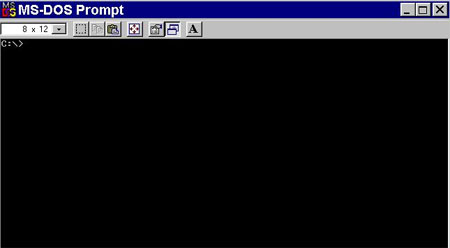
What? You’ve never seen a DOS prompt before? Well, that’s all we saw when we turned on our computers, sonny. And do you know what a DOS prompt did? Nothing! You had to tell it what to do. Like this:
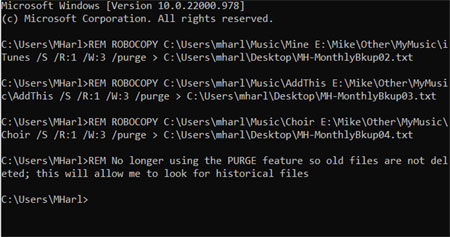
Using various commands, you could log on to Newsgroups and chat to people in the next town, or on the other side of the world. It was mind-boggling.

Sometime later, around 1992, with the release of MS Window, you could access Newsgroups visually:
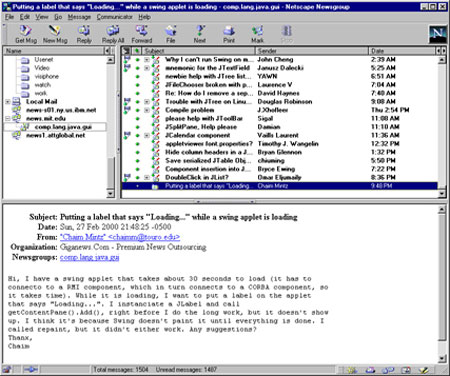
Yes, the World Wide Web, back in the day, was a bit like the Wild West. At the time, it seemed an eternity but, in fact, it only lasted a few years. The changes came quickly, taming the frontier before the turn of the century.
In the early days, the Internet involved wires. Lots of wires.
As noted above, modems were the doorway to the Internet, and you had to connect them to your PC with RJ11 cable, and as often as not, your PC had to be connected to your TV with double wire ribbon cable (or just some basic copper cable you happened to have lying around).
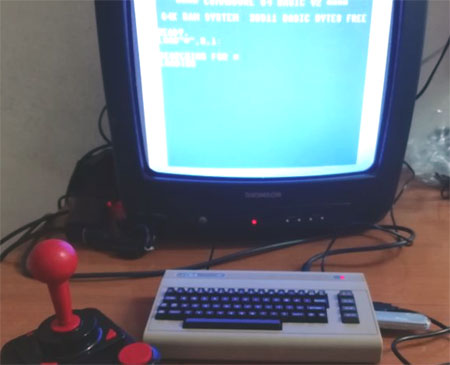
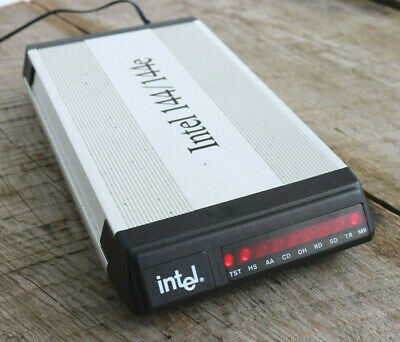
It worked like this: you would dial the phone, the modem would make terrible squawking and squealing noises and, eventually, connect you. The speed of the modems increased over the years—28.8 in 1994, 56.0/33.6 in 1999, and 56.0/48.0 in 2000—but none of them would be considered fast, or even adequate, these days.
You would do whatever you wanted to do, disconnect, then remember you wanted to do something else, and need to dial in again. Or, more commonly, someone would pick up the house phone and accidentally disconnect you.
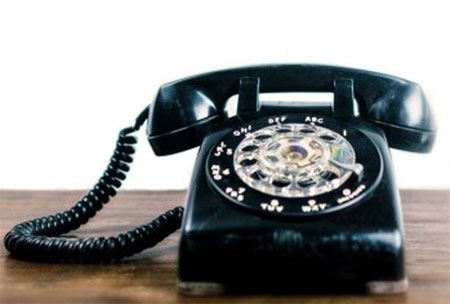
Trust me, it’s true.
Due to the speed of the changes, innovations and adaptations tended to overlap. I had Roadrunner in 1998 (an Internet service piggybacked on the cable TV), but continued to use a 28.8 modem even in 1999.
Also, I had AOL in 1998, and upgraded to v04 in 1999 before I dropped it altogether.
(AOL—America On-Line—began in 1983 as a sort of mini-Internet or wide-reaching Intra-net. It’s hard to describe what you actually did with it, but it was useful—from around 1991 to 2006—as an Internet portal and an email provider. Some people, to this day, still have an AOL email address.)
But all of this convenience came at a price, and that price was wires. I spent a lot of time running wires throughout offices and flats. The RJ11 wires gave way to coaxial cable (for Roadrunner), and Ethernet cable when Local Area Networks (LANs) came in. That would have been around 1998 or so. I recall the office LAN closet being a tangle of wires.
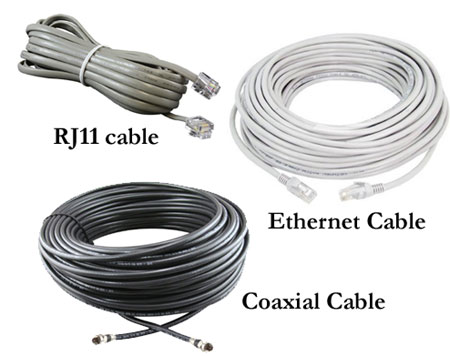
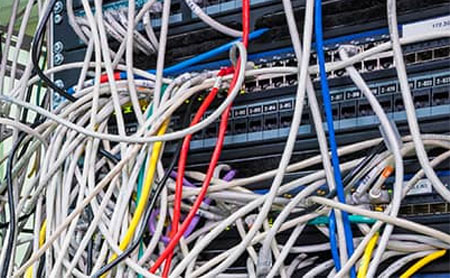
Wireless networking, or WiFi as we know it today, was in development as early as 1991, and was commercially available in 1999, though it wasn’t common (or at least not in my neck of the woods) until around 2005 or so.
That was a watershed moment for me. I recall clearly the day our LAN administrator came to me (I was in the UK, working at a software company in Brighton, by then) to tell me I could unplug the Ethernet cable from my laptop.
I was dubious, and I remember telling him it was all a bit too “Harry Potter” for me. I believe he thought I was joking. I wasn’t.
Up until that moment, I understood computers: electric impulses ran through a wire, to and from your PC, and those impulses carried data. Simple. But it wasn’t simple anymore. Despite having been a computer professional for the bulk of my career, the new technology eluded my grasp.
There is a saying that goes: “Any technology that is beyond your understanding is indistinguishable from magic.” And so it was. From that point on, I have been merely an observer—someone who uses the technology and is grateful for it even though he is mystified, by it—and no longer someone who can make it happen.
I leave that to the youngsters.
The World Wide Web itself, of course, has changed a great deal in that time and, to avoid repeating myself, I direct you to an article, on my other blog, that chronicles the journey from DOS-based newsgroups to the slick blogs of today.
2 Comments
Pingback:
Working at Walmart
Good post!